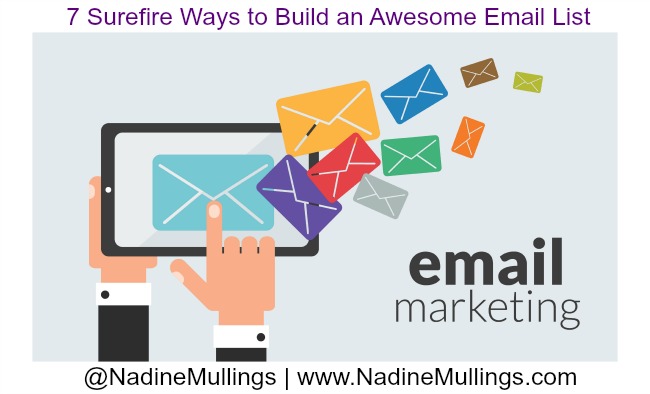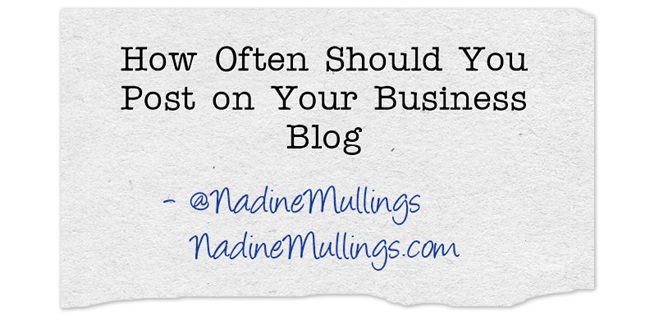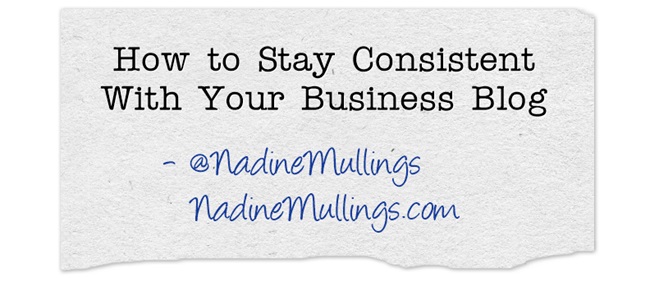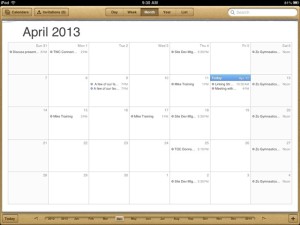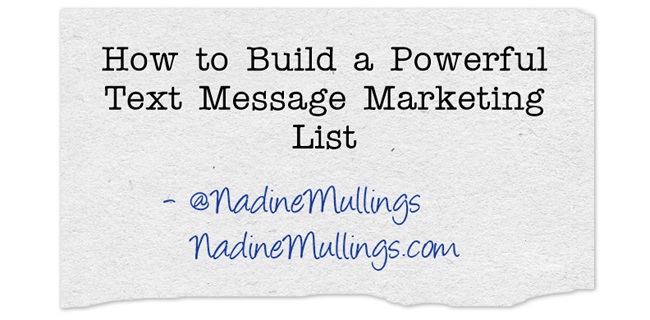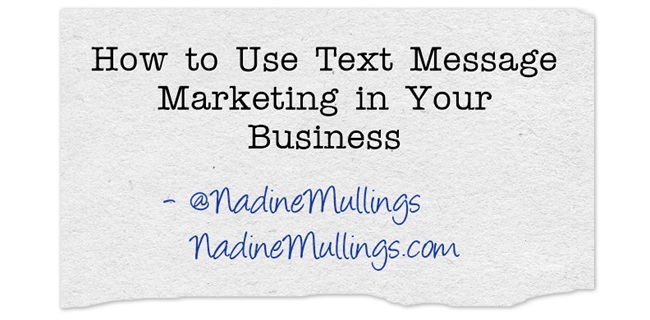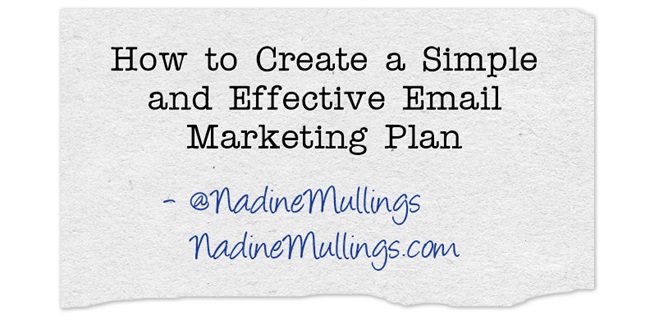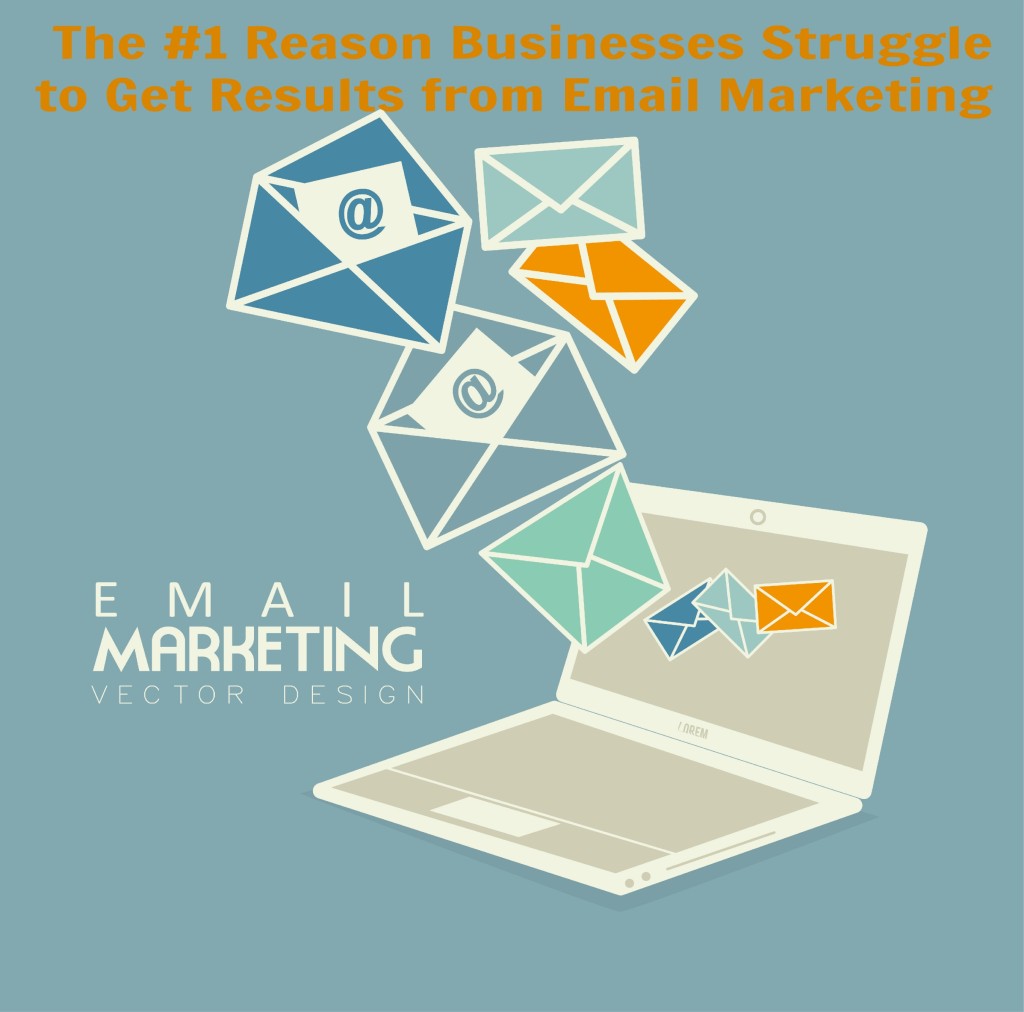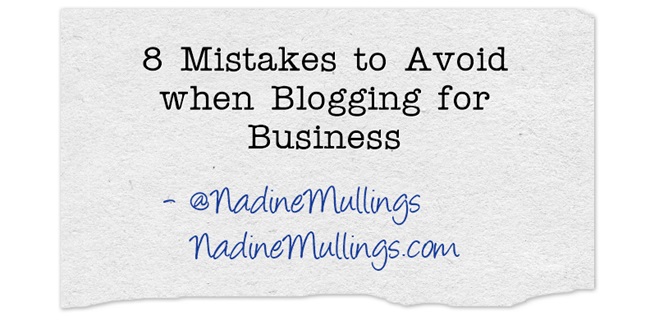As an independent business owner, coach or consultant, if you want to build your business online, then email marketing should be a part of your marketing mix. If you already use email marketing, you know the importance of continuously growing your email list with interested and engaged prospects, but building an email list can be a difficult task.
In this blog post, I will share 7 Surefire Organic Ways to Build an Awesome Email List:
[Tweet “7 Surefire Organic Ways to Build an Awesome Email List. #MarketingEssentials #EmailMarketing “]
- Send an email invitation to your current database of contacts– You probably have a database of contacts with e-mail addresses. This is a great starting point to CREATE or GROW your opt-in e-mail list. Send an invitation to your ENTIRE database of email contacts INVITING them to opt-in to receive your e-mails. Be sure to let them know the valuable information you will be providing them so they will WANT to opt-in to receive your emails. One mistake I see a lot of people make is they just add their contacts to their e-mail list, don’t do this! Make sure they have opted in (you don’t want to be a spammer- someone who consistently sends e-mails to individuals who did not request it!)
- Offer an AWESOME incentive for joining your email list (i.e. FREE report, e-Book, white paper, checklist, etc.). Everyone likes to get something for FREE, so provide information that will be VALUABLE to your contacts and use that as an incentive for them to opt-in to your e-mail list. Some people refer to this as your “lead magnet” because the right offer can act as a magnet for leads for your business.
- Add a sign-up box on your website and on social media– A great tool that will help you grow your e-mail list is to have an e-mail sign-up form and place it on your website, blog, social networks, etc. You can use the same offer that you created in #2 as an incentive to sign-up for your e-mail list in these various places! Most email service providers offer an option and provide support on how to add an email sign-up box to your website, social media and your blog. Check with your email service provider to learn more about adding this function to your platforms. My email service provider is Constant Contact, they easily integrate with my website and blog with a simple WordPress plugin, and I’m able to connect my sign-up form with Facebook with a simple Facebook App.
- Consistently promote joining your email list on all of your platforms– You have to promote joining your e-mail list on your social networks, e-mail, website, blog, etc. Create posts that will encourage individuals to sign-up to join your list. You can’t rely just on your initial list of contacts and the sign-up forms you have online, you have to continuously promote joining your e-mail list.
- Promote joining your email list offline– The promotion of joining your e-mail list is not limited to just online; you can promote joining your e-mail list by including a QR Code (Quick Response Code) that links to your e-mail sign up form. The QR Code can be placed on your business card, brochures, flyers, etc. Check out my QR Code below:
 Scan to join my email list!
Scan to join my email list!
You can also promote joining your list when you host events or have a booth or table at an event, be sure to have an email sign-up form at your table and ask people to join your email list. You can always use the item you created in #2 as an incentive to get people to join your email list offline too. - Use Text Message Marketing to promote joining your email list– Another way to promote joining your e-mail list offline is to offer a text to join feature. Make it easy to join your e-mail list by texting a special code to a shortcode, which will then allow them to sign-up via text. Most Email Marketing Service Providers offer this option to their customers. To see how it works, Text “JOINME” to “42828” to join my email list.
- Add a pop-up box to your website– As annoying as pop-up boxes may be, they do work, so consider adding a pop-up box to your website. There are many different types of pop-up boxes. Some appear immediately once you land on someone’s website, others show up when you scroll down the page, and others appear when you are exiting the website. Whatever option you choose, pop-up boxes really work. There are several pop-up box tools available, but I use and recommend SumoMe. SumoMe has a free basic option that works well and has lot of other tools you can use to help to build your email list.
Are you growing your email list? If so, what methods are you using to grow your email list? Be sure to let us know by commenting below.
Need some help with your email marketing? Be sure to check out the Marketing Essentials Checklist of 21 Things You Must do in Order to Get Amazing Results from Your Email Marketing.

